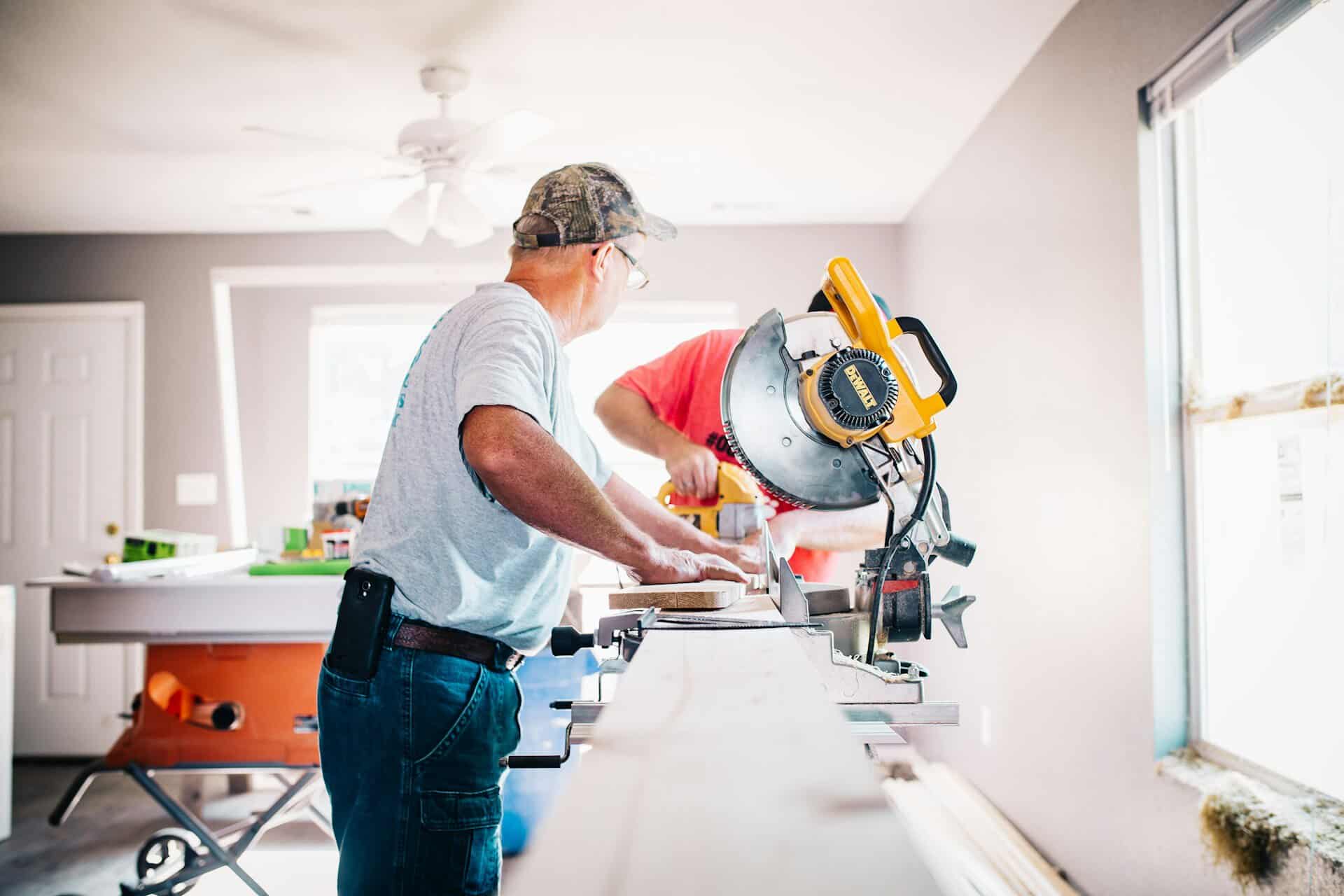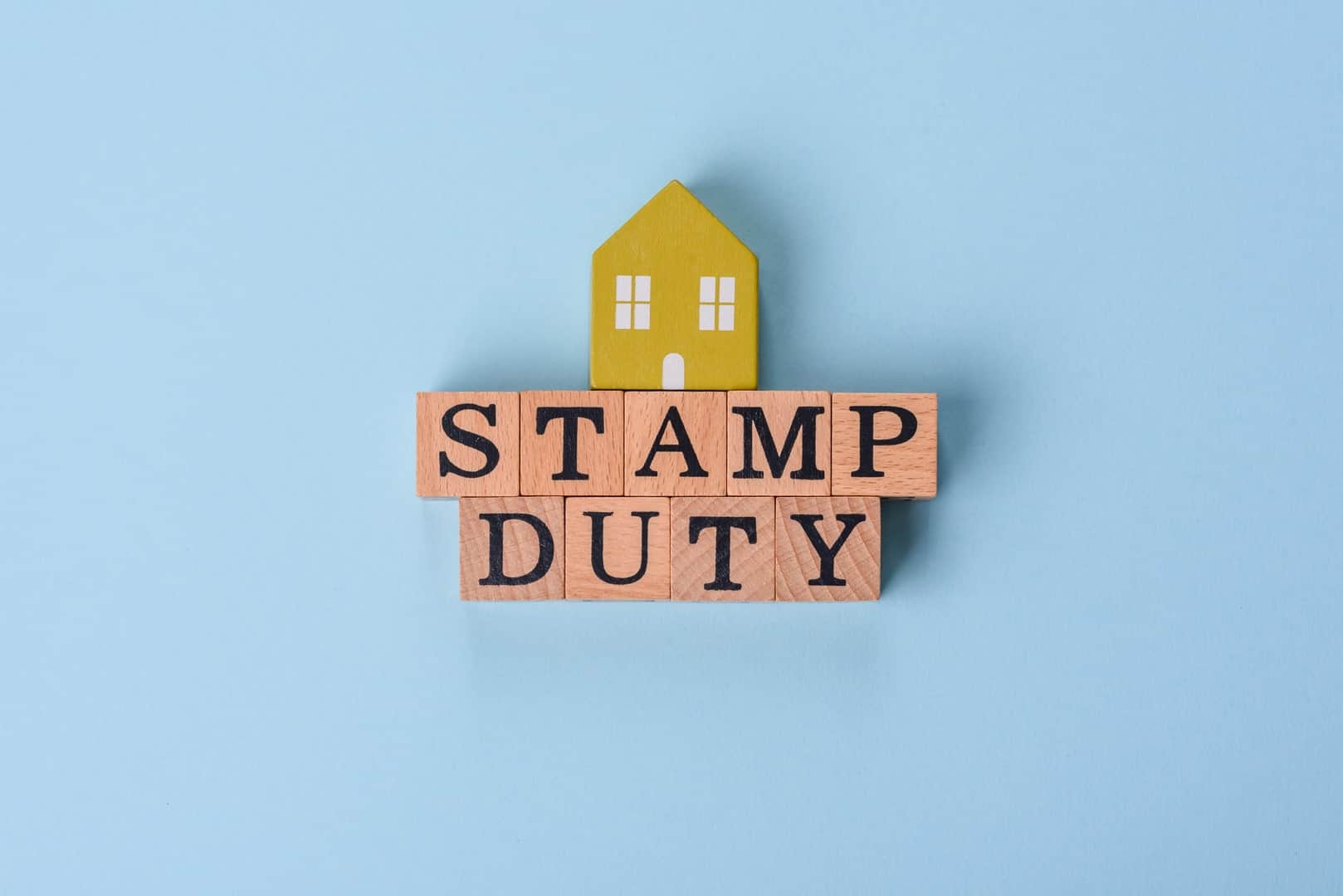You’ve just purchased your first investment property and are looking for ways in which you could reduce your taxable income through tax depreciation.
One of the ways in which you can maximise the tax deductions on your investment property is by assessing the effective life of your assets.
How do you assess the effective life of your assets? And how do you know what rate you can use to depreciate your assets?
The Australian Tax Office prescribes an effective life to each asset you may own in your investment property.
We’ve put together this ultimate guide to provide you with an overview of how the effective life of depreciating assets is calculated.
What Is Property Depreciation?
As a building gets older, its structure and the assets within the building are subject to general wear and tear. In other words, each year, the value decreases and thus, depreciates.
The Australian Tax Office (ATO) allows property investors, who generate income from their properties, to claim the depreciation as a tax deduction.
There are two types of depreciation deductions.
(a) Division 43 – Capital Works Deductions
Capital Works Deductions refer to the depreciation of the structure of the building. The structure of a residential building, if constructed after September 1987, generally has an effective life of 40 years.
This means that the depreciation rate is calculated at 2.5% each year for 40 years.
(b) Division 40 – Plant and Equipment
“Plant and equipment” refers to the fixtures and fittings that are found within the building. These are generally known as easily removable assets and includes items such as:
- carpets;
- ovens;
- blinds; and
- air conditioning units

For more information on the kinds of deductions you could potentially claim, click here for The Ultimate Guide on Investment Property Tax Deductions
What Is the Effective Life of Depreciating Assets?
The effective life of a depreciating asset is the estimated period that it’s considered to last before it needs to be replaced.
According to the ATO, the effective life of a depreciating asset is how long it can be used to produce an income. For property investors, this will include the fixtures and fittings known as “plant and equipment” as well as the “capital works”.
The effective life of depreciating assets is used to determine the length of time an asset declines in value – its depreciation – for income tax purposes.
Plant and equipment assets that are found in the property will generally wear out more rapidly than the actual structure of the building. Therefore the effective life of these depreciating assets is shorter.
The ATO recognises more than 6,000 different assets that investors can claim depreciation deductions on.
For example, a carpet, which is subject to a fair amount of wear and tear, has an effective life of eight years.
However, it’s important to note that in 2017, legislation was passed that restricts property investors from only claiming depreciation for plant and equipment assets that they personally purchased or that were included in the property that was newly built.
Moreover, if you live in your investment property while installing any new plant and equipment assets, it will be considered as “previously used” assets for tax purposes.
This means that you won’t be able to claim depreciation deductions.
How Is the Effective Life of Depreciating Assets Determined?
For assets costing $300 or less, the ATO allows you to claim its entire cost as an immediate deduction.
Depreciating assets that cost more than $300 must be claimed over its effective life.
There are two ways in which you can determine the effective life of depreciating assets, namely by:
- the Commissioner of Taxation (Commissioner); or
- by self-assessing the asset’s effective life
The Commissioner of Taxation
Each financial year the Commissioner issues a Taxation Ruling in which he decides on the effective life for several different depreciating assets in various industries.
The latest Taxation Ruling is published on the ATO’s website.
Self-Assessment of the Effective Life of Depreciating Assets
The standard estimate provided by the Commissioner may not always necessarily fit your specific circumstances, so the ATO allows you to work out the effective life yourself in these cases.
The following factors can be used to determine how many years an asset can reasonably be expected to produce income based on the circumstances it’s being used:
- the manufacturer’s specifications;
- your own, if any, former experience with the asset or something similar;
- the estimated physical life of the asset;
- the level of repairs or maintenance generally recommended by other users of the asset;
- other users’ experience of the asset or something similar;
- retention periods; and
- scrapping or abandoning practices.
The effective life of a depreciating asset should be calculated from the date of its first use or the date that it is installed and ready for use.
Each financial year the ATO issues a “Guide to Depreciating Assets” which details, among other things, how to work out the decline in value of your depreciating assets.
You may find this guide helpful should you opt to self-assess the effective life of the depreciating assets in your investment property.
Example:
Christine owns an investment property in Wellington Point, Queensland.
In May 2019, after two years of owning the property, she decided that it was time to replace all the carpets in the property.
The total cost of replacing the carpets amounted to $6,120.
According to the latest Taxation Ruling, carpet has an effective life of eight years. If the depreciation is calculated using the diminishing value method, the rate of depreciation is 25%:
$6,120 x 25% = $1,530
In the first full financial year following the carpet installation, Christine is eligible to claim $1,530 in depreciation deductions.
A good way of staying on top of the depreciation process is having a quantity surveyor draw up a depreciation schedule. A depreciation schedule charts the loss in value of an asset over its effective life.
Below is a sample depreciation schedule drawn up by us at Duo Tax:
This report can be issued to you and your accountant to tax plan for subsequent years when filing your annual tax return.
What About Low-Value Pooling?
If you have any plant and equipment assets that are valued at less than $1,000, the ATO allows you to depreciate those assets using the low-value pooling method.
The depreciation of certain low-value assets can be calculated by putting them into a ‘low-value pool’ and then depreciating the assets at a set annual rate.
This will allow you to depreciate any plant and equipment assets at a faster rate so that you can maximise your depreciation deductions.
Assets within the low-value pool can be depreciated at a rate of 18.75% in the first year and 37.5% each subsequent year.
Key Takeaways
As the assets in your property investment get older, they decrease in value. This is known as depreciation.
The benefit of depreciation for property investors, however, is that it allows you to claim the loss in value as a tax deduction. The effective life of depreciating assets is used to determine the asset’s decline in value.
While the ATO does allow you to self-assess the effective life of your fixtures and fittings, calculating the depreciation and what you can claim could get tricky, especially if you are dealing with various moving pieces.
Consulting an experienced tax professional or quantity surveyor would be beneficial in more ways than one. Oftentimes, it’s difficult to gauge or estimate the initial costs. Not having any expertise in understanding the components that go into certain aspects, particularly with capital works, could mean you miss out on significant tax depreciation opportunities.
At Duo Tax, our tax depreciation experts are both building and tax experts who can provide you with a depreciation schedule that will not only break down your claimable deductions but will also save you thousands of dollars in tax each year.
To see how our quantity surveyors can help you, get in touch today!

Ready to get started?
Talk to one of our friendly property experts to get a free quote or more Information.










